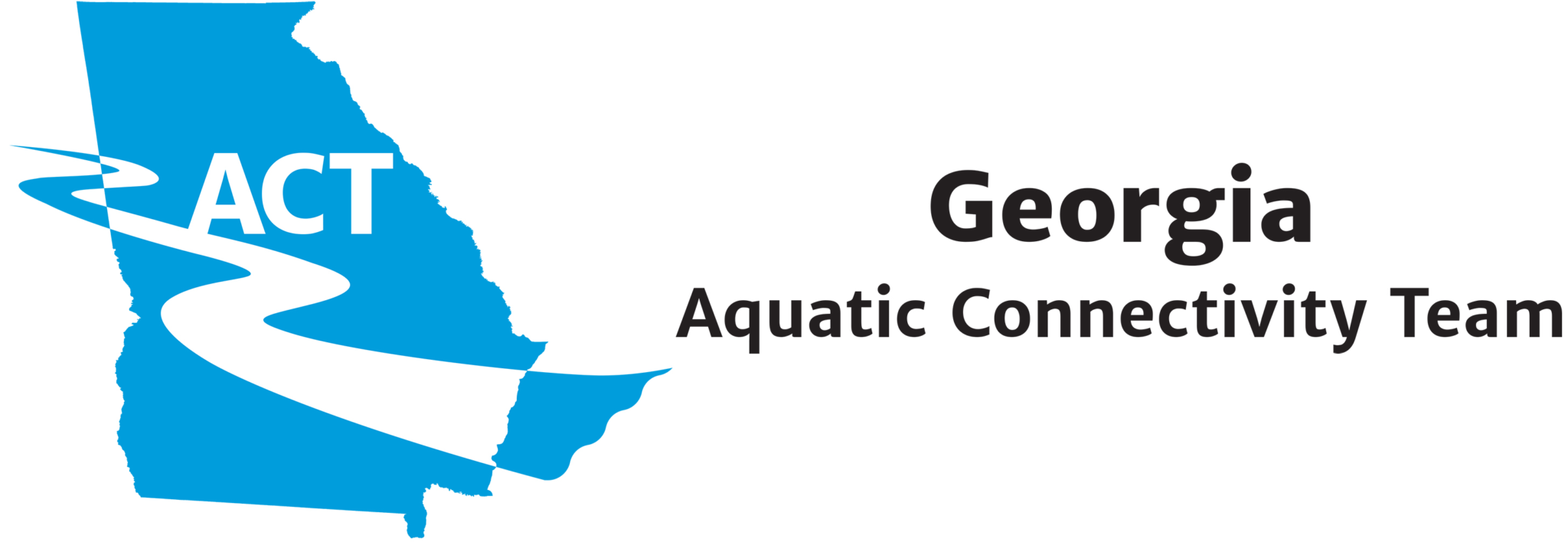Written By Anna Rehkopf (U.S. Fish and Wildlife Service)
Across the country, people are working to transform and replenish the landscape—creating opportunities to connect with nature and improving safety around tributaries. In some ways, we are attempting to turn back the hand of time. We want to give nature a chance to be itself again. When we remove a dam, or take out other barriers along a waterway, we give nature a chance to revert to its true form, to become vibrant and rejuvenated.
Some efforts are relatively simple (in theory)—resizing and improving a stream crossing like a culvert, adding some rocks to create riffles for better mussel habitat. Other projects require much more heavy lifting—literally—like removing a dam. But with each barrier removed or altered, nature creeps back in, and the results are phenomenal.
“As enthusiasm builds around barrier removal, the East coast is experiencing a boom in projects aimed to connect aquatic animals to their homes.” said fisheries biologist Levi Morgan from the Service’s Appalachian Fish & Wildlife Conservation Office. “Our goal is to allow a stream to be a stream again. By utilizing funding from the National Fish Passage Program and Bipartisan Infrastructure Law , we are able to start piecing together waterways like we are doing with the Potomac Headwaters Fish Passage project. As a visitor to project sites, you can see the changes for yourself. Some tributaries are functioning as they would before human infrastructure impacts—life is moving up and down unencumbered.”
Read more here: https://www.fws.gov/story/2023-01/fish-show-after-infrastructure-glow
